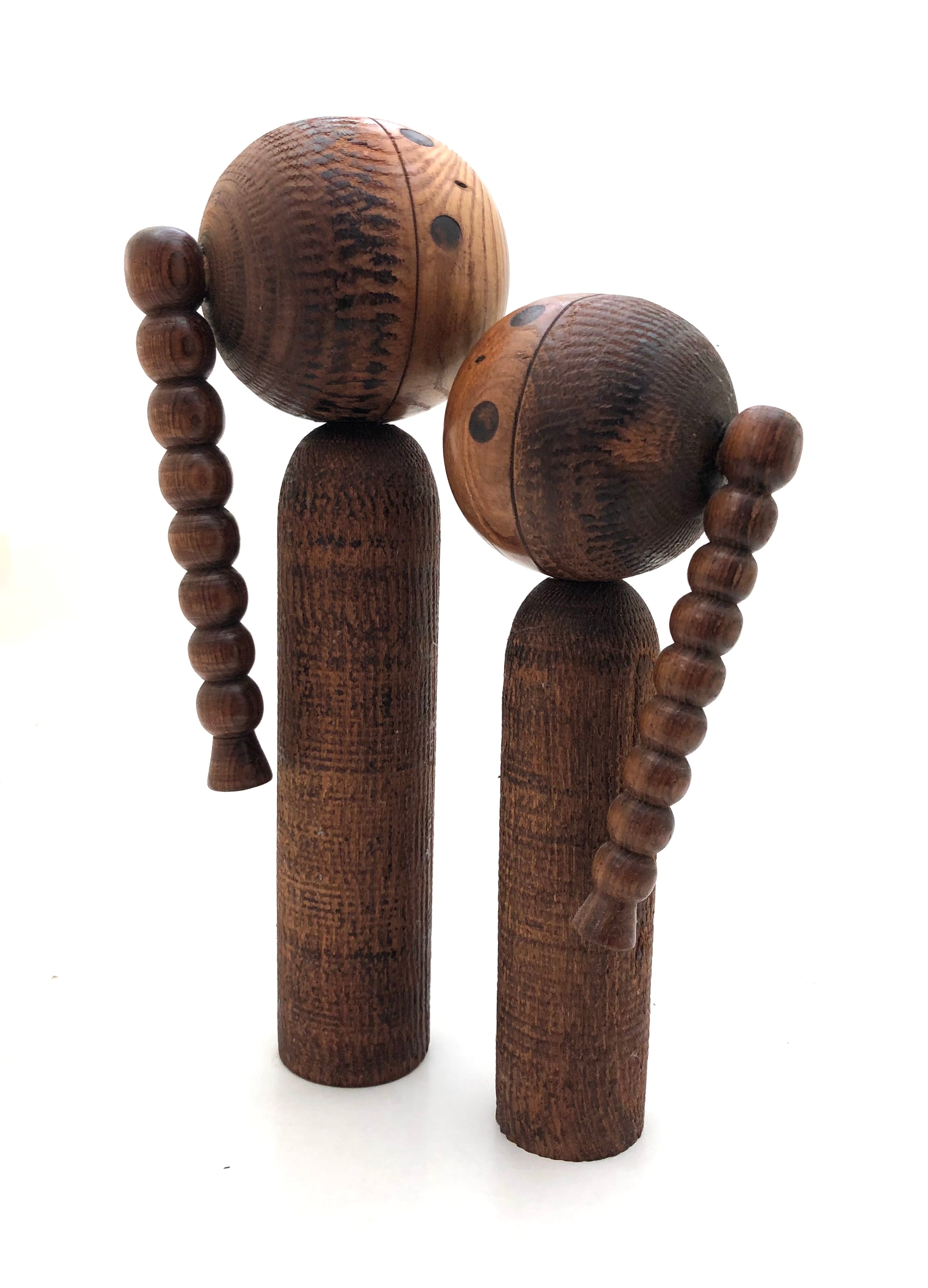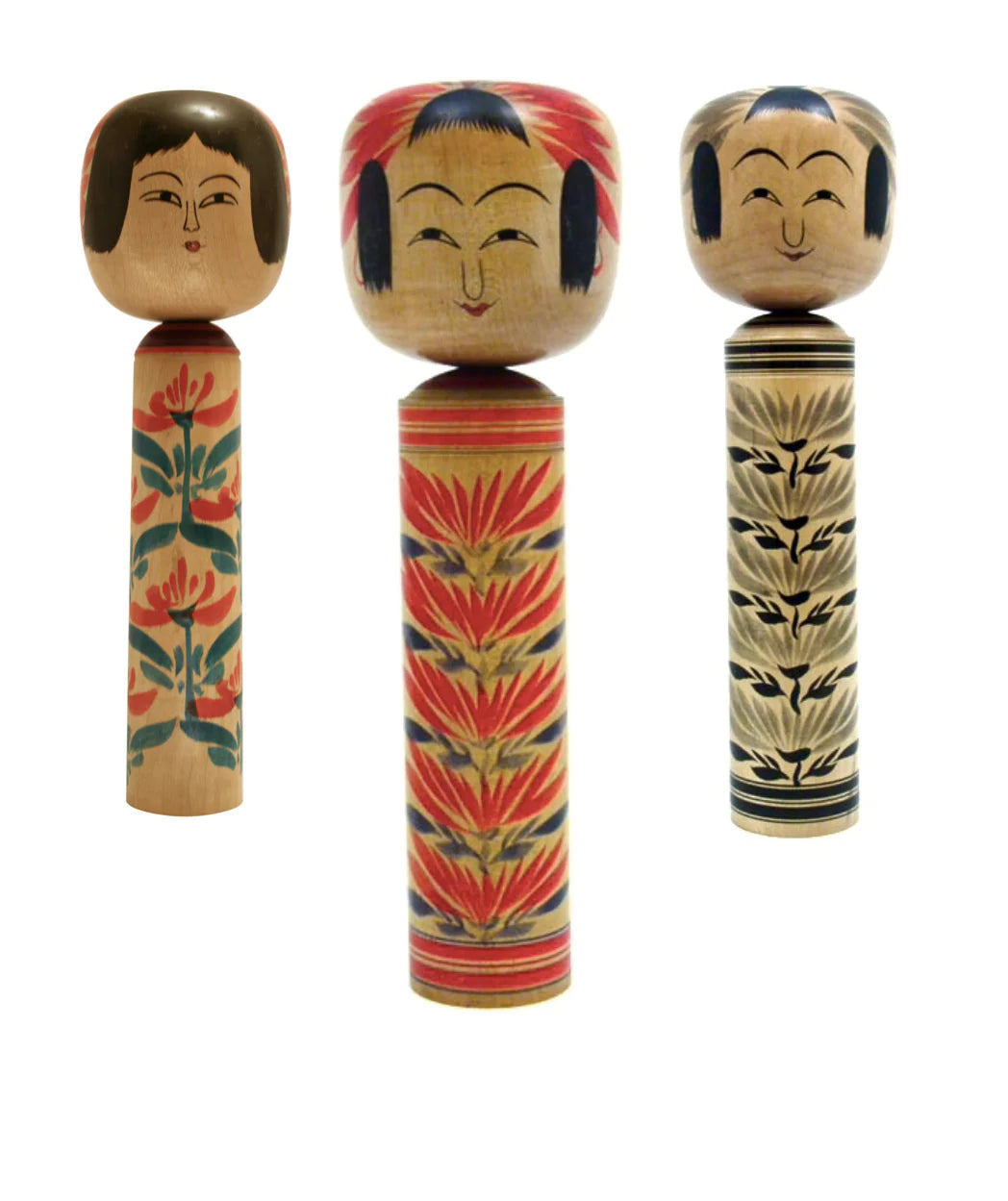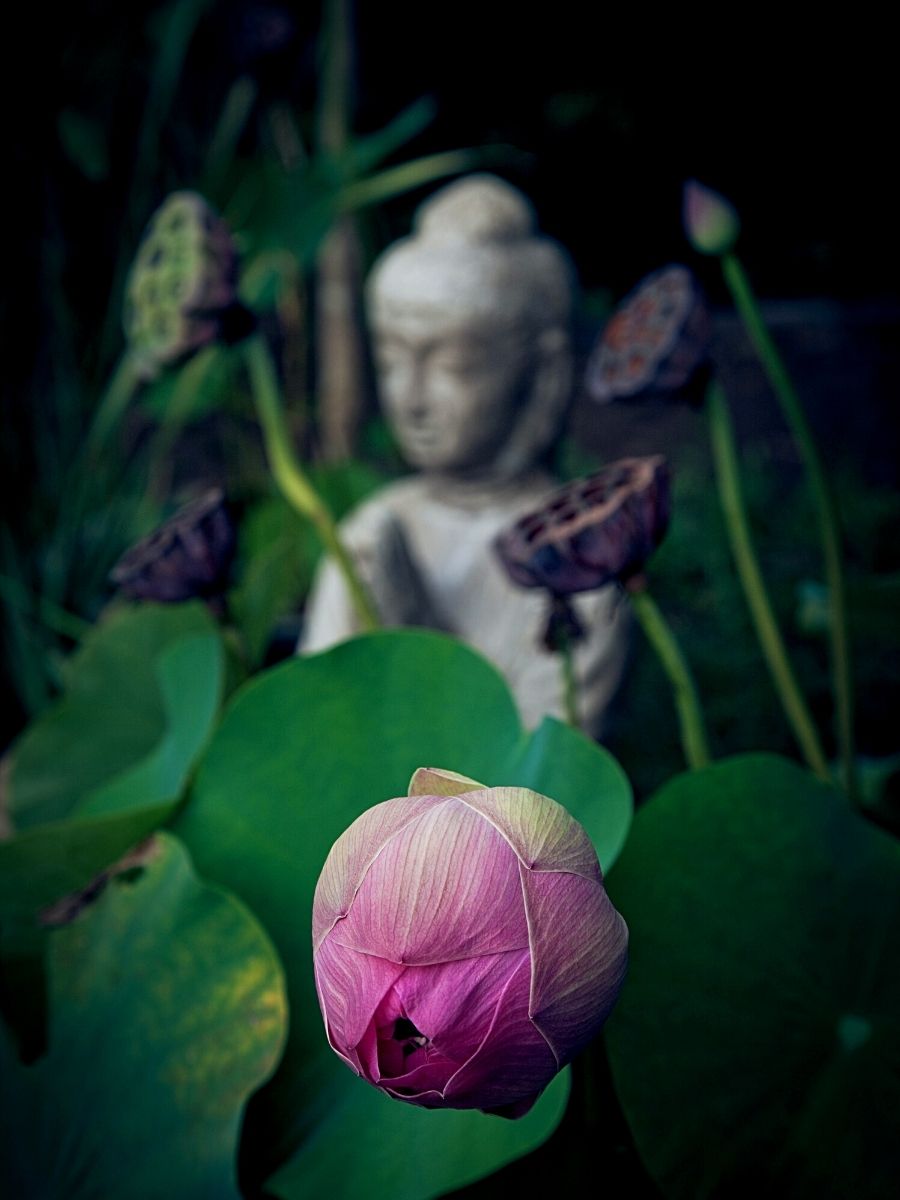Introduction —
“The following essay is meant to help non-Japanese people gain a better understanding of the purpose of the belief system associated with the practice of ceremonious burning in Japan. Fire is considered a symbol of purification in many cultures and holds deep spiritual and cultural meanings in various traditions. Fire is used to release spiritual energy, ward off evil spirits, and destroy negative energy. Fire is also used as an offering to send off ancestral spirits to show gratitude and offer prayers for the future of crops, harvests, health, and family.
The subject remains a challenging one to address, as many individuals in Western cultures struggle to comprehend the practice of burning items that could be gifted, repurposed, or up-cycled. It is crucial to engage in open dialogue about culture and the significance of expressing gratitude for objects that have held a significant role within a family, sometimes for generations. Through this dialogue, a deeper understanding is cultivated, leading to a greater appreciation for the thoughtfulness behind these ceremonies.” Our thanks to the Founder of KokeshiTrends and KokeshiVillage for the insightful Introduction.
Overview —
In Japan, a ritual “happening” called Otakiage (お焚きあげ) was established because, throughout history, it was considered disrespectful to unceremoniously dispose of objects with spiritual overtones infused by the owner, to remember ancestors, who were thought to have been given a soul. In Japan, these may include: Kokeshi and Daruma, books, Talisman, prayers, or paper 'wish strips' indicating their hopes and tied to "Wishing Trees". These wishes were later collected by Shinto Buddhist monks to either be placed in sacred rivers flowing throughout different regions to be carried away or if an object ceremoniously burned. Otakiage is a special sacred fire ritual priests conduct at a person’s local temple or shrine when requested. It is regularly observed in mountain areas where Kokeshi were originally made and treasured. Research on the subject shows that when an owner passes away and there is no remaining family, these treasured possessions have been said to have completed their purpose and, therefore released back into the universe. Many Japanese citizens believe Kokeshi dolls have a spiritual significance and can protect children or represent the spirit of a recently passed family member. This burning ritual is considered unique to Esoteric Buddhism, (the mystical interpretation and practice of the belief system founded by the Buddha).
The business of everyday life can cause us to gloss over precious moments for why we collect meaningful objects that might signify something deeper we’re searching for. Many believe that creating the Kokeshi doll was not simply to be a toy, but was often also described as a journey – a process that involves deep introspection and connection to one's inner self. Artists and woodworkers with diverse backgrounds, bring their unique spiritual perspectives to their work, creating a rich tapestry of painted and carved art forms. It’s natural for children to outgrow their dolls when they age, but in Japan, to throw treasured objects away without thanking them is disrespectful for they are said to hold the power of hopes and prayers. The ceremonial burning of artwork like Kokeshi is part of Japan's Tokorozawa Doll Memorial Celebration supporting people's prayers and wishes.
In a forward-thinking world, that constantly encourages us to innovate or think, a welcomed peace comes when we take a moment to appreciate where we stand on this subject and how we got there. For many woodworkers of both these wooden forms including carved artwork in temples, we are told that this meditative journey has always been a way to explore and interpret the spirituality of the owner of the commissioned piece. The act of creating becomes a dialogue between the artist, and the recipient, where valuing the natural qualities of the wood, where the spirit can emerge and take form is critical. Many of these carved works can touch the hearts of viewers, many of which embody mountain spirits and have been seen as protectors of children inviting collectors and those who cherish the artistic symbolism to join the artist in highlighting their shared human experience.

For more details see Kokeshi artists/woodworkers like Sato Tatsuo and Sato Yoshiaki, who represent Traditional Yajirou-Familiies, who have created experiences through beautiful wooden and painted forms that transport viewers into a different realm. Their work, often described as spiritual, invites people to reflect on their place in the universe and the interconnectedness of all things through themes of memory, history, and spirituality, to bring light to the complexities of the human experience. Go to: https://mingeiarts.com/products/vintage-japanese-yajirou-bodhidharma-kokeshi-rattler-by-sato-tatsuo-1928) to read information about Buddhist Rattles, and additionally see: https://mingeiarts.com/products/vintage-japanese-traditional-tsuchiyu-kokeshi-entitled-enlightenment _pos=2&_psq=Tsuchiyu+Kokeshi+Entitled%3A+Enlight&_ss=e&_v=1.0).





